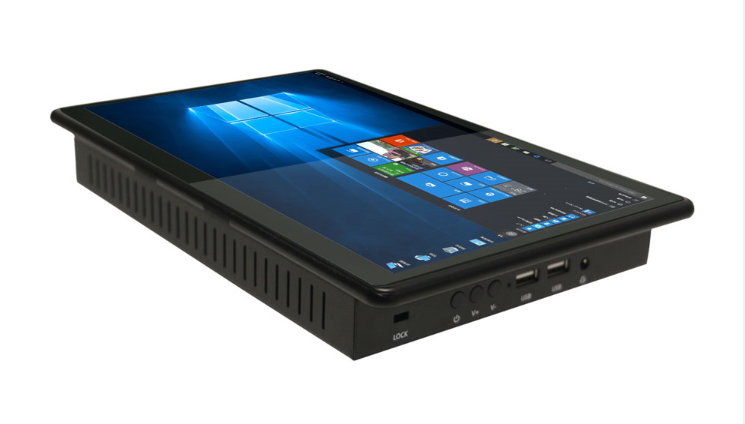Application of embedded industrial PC in the field of artificial intelligence
Artificial intelligence is an attempt to understand the essence of intelligence and produce a new kind of intelligent machine that can react in a similar way to human intelligence. Almost all robots and smart devices will use embedded industrial pcs. For example, artificial intelligence interaction and big data computing need to realize local real-time environment recognition and perception, computing decision-making control, etc. on embedded industrial pcs.

With the development of intelligence, technology and networking, products with embedded industrial computers as the core will be applied to the life field from the production and processing industries. In the future, embedded industrial computers will have single-core performance and multi-core and multi-threading. Greater development. Mainly manifested in the hardware and software of the embedded industrial computer:
Hardware: Embedded industrial pc has the characteristics of low power consumption, good tailoring, high real-time performance, flexible interface, rich peripheral resources, etc. The focus is on small size, no need to worry about on-site installation problems, and some embedded industrial computer products can also provide parallel Calculation function.
Software: The embedded industrial computer system is fast and can use FPU for floating-point operations. The real-time operating systems include VxWorks, freeRTOS, RT-Thread, GUI, etc.
In the era of artificial intelligence, the most popular are drones, unmanned driving, and robots. They have many commonalities. The first is to have a "brain", that is, to use an embedded industrial computer to replace the human brain to process a large amount of complex information and data. Secondly, all need "eyes" to sense the surrounding environment and make timely and correct responses. The "brains" of these smart machines are composed of a set of high-performance CPU chips, and their "eyes" are implemented by cameras, vision processors (VPU) and proprietary software systems.
Taking unmanned driving as an example, the real-time data collection and monitoring of unmanned driving are completed by three parts: embedded industrial computer, operating system and perception algorithm. Different from the traditional industrial computer in automation equipment, the embedded industrial computer required for unmanned driving is a new type industrial computer with the characteristics of no fan, compact structure, wide temperature and wide pressure, intelligent ignition, and support for plug-in cards. The operating system is also a very common Windows system, but an industrial control server system, which tends to be more stable in industry applications. In terms of professional algorithms, laser radar is used to obtain three-dimensional data of road scenes to complete vehicle detection tasks. First, the three-dimensional data obtained by radar scanning is presented in a 2D point cloud image, and then a feature extraction method combining three-dimensional point cloud and two-dimensional grid is used to form a single 2D end-to-end full convolutional network and the vehicle The targets and borders are detected. Image recognition and voice interaction technologies are widely used in various mobile terminals. Common applications of embedded industrial pcs in the field of artificial intelligence include deep visual recognition equipment and virtual reality.